
-
Find the right food for your petTake this quiz to see which food may be the best for your furry friend.Find the right food for your petTake this quiz to see which food may be the best for your furry friend.Featured products
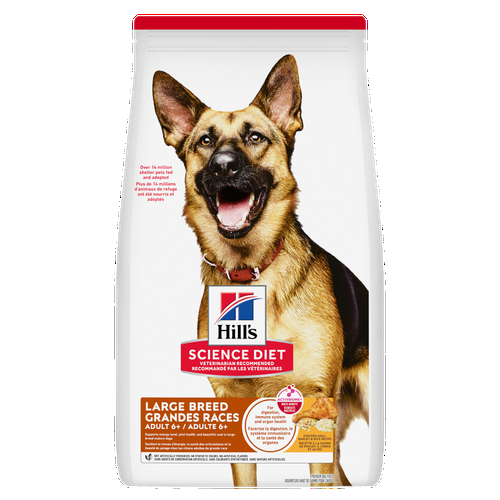 Adult 6+ Large Breed Chicken Meal, Barley & Rice Recipe Dog Food
Adult 6+ Large Breed Chicken Meal, Barley & Rice Recipe Dog FoodSupports energy & beautiful coat. Helps keep immune system, joints, heart & kidneys healthy
Shop Now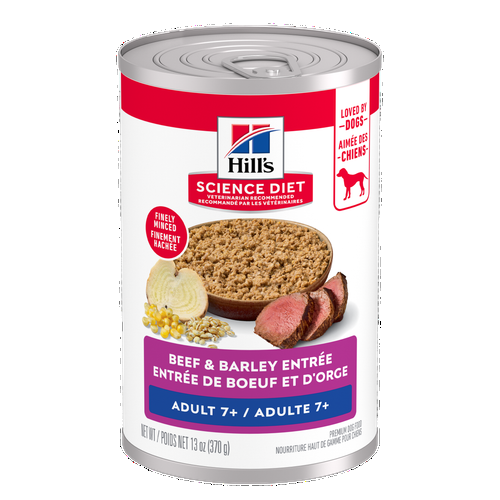 Adult 7+ Beef & Barley Entrée Dog Food
Adult 7+ Beef & Barley Entrée Dog FoodBeef & Barley recipe with precisely balanced nutrition to support mobility and muscle mass for older dogs.
Shop Now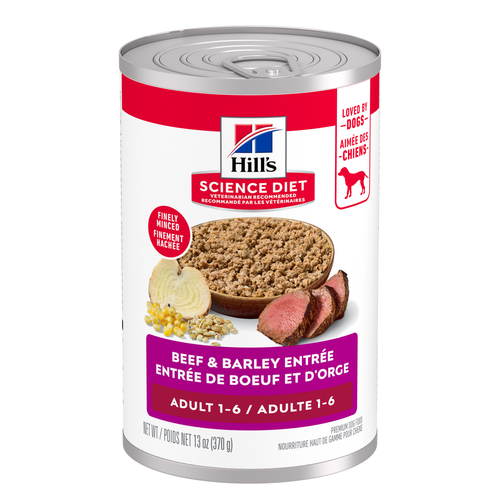 Adult Beef & Barley Entrée Dog Food
Adult Beef & Barley Entrée Dog FoodBeef & Barley recipe with precisely balanced nutrition to keep adult dogs active and healthy
Shop NowFeatured products Adult Chicken & Spinach Casserole Cat Food
Adult Chicken & Spinach Casserole Cat FoodWith delicious chunks in a decadent gravy
Shop Now Perfect Weight Salmon & Vegetable Canned Cat Food
Perfect Weight Salmon & Vegetable Canned Cat FoodOver 70% of cats lost weight within 10 weeks when fed this nutrition
Shop Now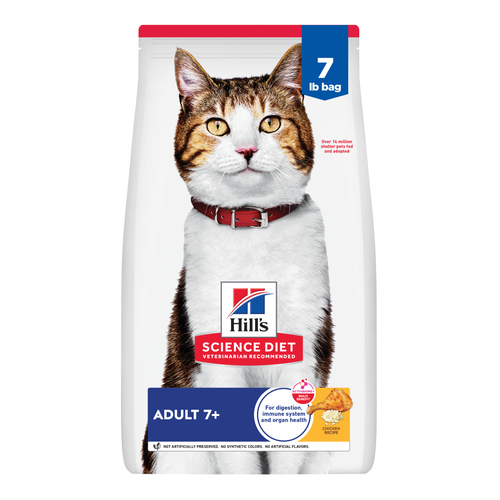 Adult 7+ Chicken Recipe Cat Food
Adult 7+ Chicken Recipe Cat FoodSupports energy level & beautiful fur. Helps keep immune system, heart & kidneys healthy.
Shop Now -
Dog
- Dog Tips & Articles
-
Health Category
- Weight
- Food & Environmental Sensitivities
- Urinary
- Digestive
- Joint
- Kidney
- Dental
- Cancer
-
Life Stage
- Puppy Nutrition
- Adult Nutrition
- Senior Nutrition
Cat- Cat Tips & Articles
-
Health Category
- Weight
- Skin & Food Sensitivities
- Urinary
- Digestive
- Kidney
- Dental
- Stress
- Cancer
-
Life Stage
- Kitten Nutrition
- Adult Nutrition
Featured articles Pet Food Storage Tips
Pet Food Storage TipsDiscover how and where to store your dry, as well as canned, dog and cat food. Learn how to find the "best before" dates on all Hill's pet food packaging.
Read More Compare Your Pet Food's Calories to Other Brands
Compare Your Pet Food's Calories to Other BrandsCompare Hill's Science Diet dog and cat food's calories against other pet food brands and AAFCO recommended maximum calorie count.
Read More The Incredible Science Behind Your Pet's Microbiome
The Incredible Science Behind Your Pet's MicrobiomeLearn what a pet's microbiome is, how it contributes to your pet's gut & overall health, and why nutrition is important in maintaining healthy microbiomes.
Read More -


Feelings of fear and anxiety can affect our cats much like they affect us. Stress can occur in your cat for multiple reasons. Perhaps you’ve recently moved or brought a new pet or family member home. Whatever the case may be, if you have a stressed cat, there could be an underlying problem. One of the first ways to detect this problem is when your cat stops using her litter box. She may be peeing in a new spot, spraying on a wall, or having trouble urinating.

Unfortunately, inappropriate urination is one of the most common reasons why cats are left at shelters or put outdoors. If your cat starts marking her territory away from her litter box, it’s not out of revenge or spite; it’s probably because something is wrong. While it could be a behavioral problem, or she doesn’t like her litter box for some reason, a medical condition should first be ruled out. One of the most frequent medical causes of a urination problem is feline lower urinary tract disease.
What is FLUTD?
Feline lower urinary tract disease, or FLUTD, is a term used to describe a group of disorders or diseases that affects a cat’s lower urinary tract (bladder or urethra). FLUTD is diagnosed after causes like urinary tract infection (UTI) or kidney stones have been ruled out. Causes include crystals or stones in the bladder, bladder infections, urethral obstruction, inflammation in the urinary bladder (sometimes referred to as interstitial or idiopathic cystitis), and other abnormalities in the urinary tract. FLUTD is one of the most common reasons cats are taken to the vet.
Warning Signs of Feline Urinary Tract Infections
- Straining to urinate: Feline idiopathic cystitis can lead to straining while urinating, and can eventually lead to more severe situations such as the formation of bladder stones or a urethral plug. Male cats are more at risk to develop a urethral plug; this is a life-threatening condition that causes a cat to lose the ability to urinate.
- Frequent attempts to urinate: Cats with FLUTD have a frequent urge to urinate, but can only pass a small amount each time.
- Painful urination: If your cat cries out while urinating, this is a tell-tale sign that she may be in pain.
- Blood in urine
- Licking the genital or abdominal areas: This is a way for cats to soothe the pain of a urinary tract disease.
- Irritability
- Urinating Outside the Litter Box: Take note if your cat is urinating in places other than litter box, especially on cool surfaces like tile or a bathtub.


Tasty Tips
What to Do if You Suspect a FLUTD
If your cat is having trouble urinating and displaying other signs of FLUTD, take her to the vet as soon as possible. Your vet will give her a physical exam and collect urine samples. Blood work, x-rays, and abdominal ultrasound may also be recommended for diagnosis.
Most cases of FLUTD improve without medical treatment, but the symptoms can recur. Though they may not be life-threatening to your cat, they can be uncomfortable, so treatment can improve her overall quality of life. While treatment of FLUTD depends on the underlying cause, it is always beneficial to increase your cat’s water intake. Maintaining a healthy weight, feeding her canned food and encouraging her to use her litter box can also help. However, certain conditions simply cannot be treated at home. Bacterial cystitis should be treated with antibiotics, while stones must be surgically removed.
It’s always best to be safe. A simple phone call to your vet when you first notice any of the above symptoms can help diagnose a problem much sooner and save your cat a longer period of discomfort. It’s also important to monitor your cat after being diagnosed with FLUTD during treatment to ensure that the problem doesn’t reoccur as cats are good at hiding their pain.
Preventing Future UTIs in Your Cat
Following your vet visit, you can make other changes to your cat’s life to decrease the likelihood for FLUTD to come back. Environmental recurrence has shown to reduce the recurrence rate by 80 percent, and can also help your cat use her litter box. This includes spending more time with your cat, giving her access to windows, and giving her more toys. You can also increase the number of litter boxes in your home and make sure they’re properly cleaned.


One of our staff authors prepared this article for you
Related products

Clinically proven kibble technology to reduce plaque & tartar build-up
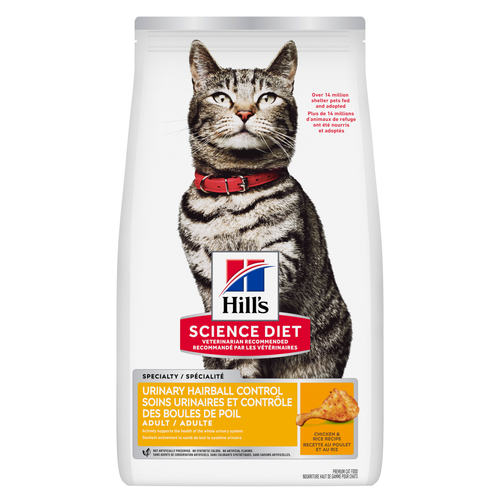
Supports the health of the whole urinary system with optimal levels of magnesium
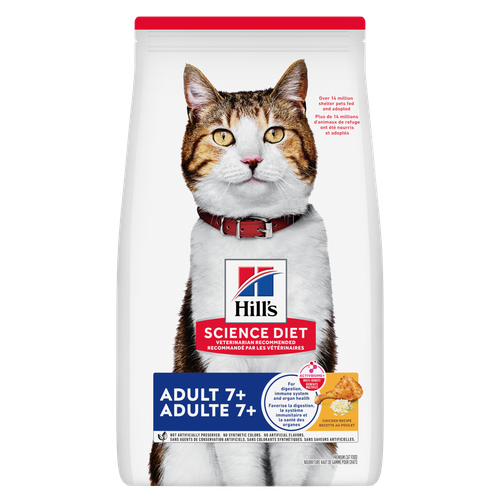
Supports energy level & beautiful fur. Helps keep immune system, heart & kidneys healthy.

With delicious chunks in a decadent gravy
Related articles

Discover the benefits of Hill's line of kitten foods and how they provide complete and balance nutrition for growing kittens.

When you adopt a cat, you don't just gain a best friend; you also save her life. Here's why getting a cat from a local animal shelter makes so much sense.

What is the best food for an overweight cat? Learn all about weight control food for cats, including what's in it and how it works.

Discover how to identify cat sensitive skin and what you can do to help your cat thrive from head to paw.

Put your cat on a diet without them knowing
Our low calorie formula helps you control your cat's weight. It's packed with high-quality protein for building lean muscles, and made with purposeful ingredients for a flavorful, nutritious meal. Clinically proven antioxidants, Vitamin C+E, help promote a healthy immune system.
Put your cat on a diet without them knowing
Our low calorie formula helps you control your cat's weight. It's packed with high-quality protein for building lean muscles, and made with purposeful ingredients for a flavorful, nutritious meal. Clinically proven antioxidants, Vitamin C+E, help promote a healthy immune system.

